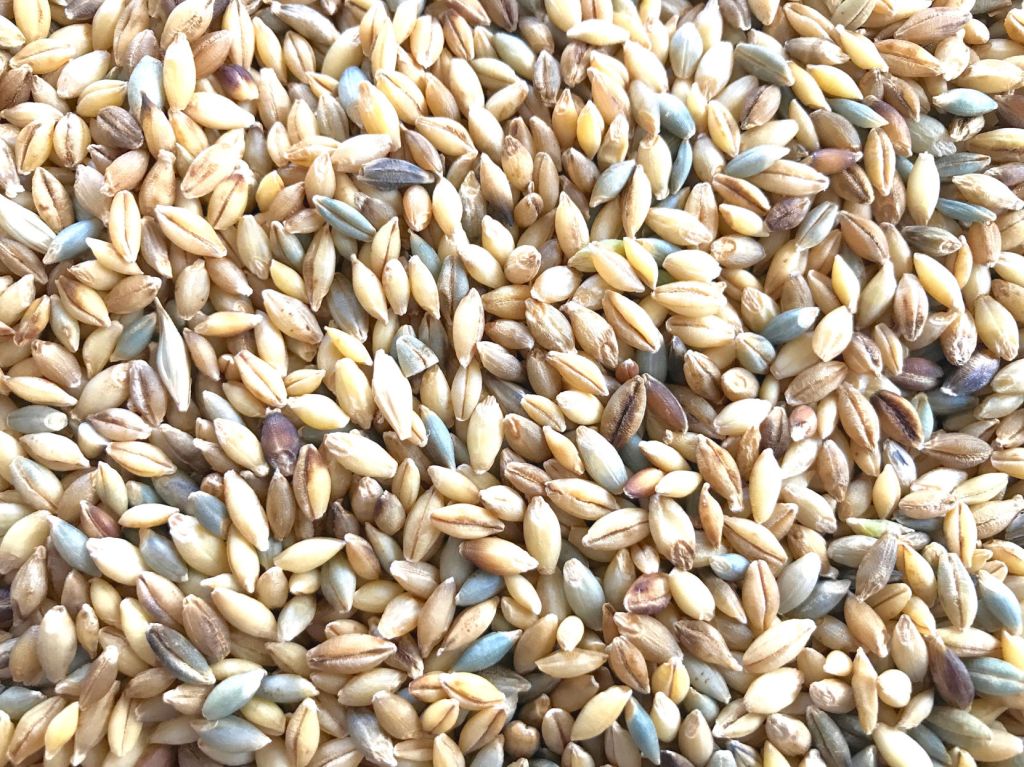Naked barley flashes potential, versatility
Published 11:55 pm Monday, January 29, 2018

- Oregon State University is now leading a three-year, five state project to test new varieties of naked barley, with $2 million in funding from the USDA Organic Agriculture Research and Extension Initiative.
Naked barley is turning heads among researchers as a sexy choice for organic farmers looking to access a variety of different markets, including food, beer and animal feed.
Trending
While most commonly grown barleys have indigestible outer-layer hulls stuck onto the grain, naked barley is the result of a mutation that naturally strips the hull away, leaving seeds exposed.
Oregon State University is now leading a three-year, five state project to test new varieties of naked barley, with $2 million in funding from the USDA Organic Agriculture Research and Extension Initiative. Partners include Washington State University representing the Pacific Northwest, the universities of Minnesota and Wisconsin-Madison representing the Midwest, and Cornell University representing the Northeast.
Pat Hayes, a barley breeder and professor of crop and soil science at OSU, said naked barleys have been around for almost 10,000 years, though they have not gained much traction in the U.S.
Trending
“We are all united in the goal to provide organic gardeners, growers, processors and consumers with an alternative crop, food and raw material that will be economically rewarding and sustainable,” Hayes said.
Barley used to a much larger part of Oregon grain production, Hayes explained, though almost all of it went to the animal feed markets, where low prices made it a money-losing proposition.
By removing the seed hulls, barley can be used in a number of foods like porridges and baked goods. The U.S. Food and Drug Administration has also linked whole grain barley to reduced risk of heart disease.
The difficulty, Hayes said, is that removing the hull must be done by machinery, and can also grind away the bran, which results in pearled barley losing its whole grain status. That is not an issue, however, with naked barley.
“If you want to be marketing barley as a whole grain, the way to do that is to have a naked barley where you don’t have to grind the hull off the grain,” Hayes said.
Barley hulls do have an advantage in the beer world, acting as a natural filter during the initial phases of brewing, though Hayes said that can be overcome with a technology known as mash filtration. A number of Oregon breweries now use mash filters, he said, which are actually more efficient and deliver more gallons of beer per pound of barley.
Recently, OSU developed the first fall-planted variety of naked barley specifically for the Northwest — appropriately named “Buck.” Hayes said the university partnered with Breakside Brewery in Portland last December to brew an experimental beer named Buck Naked Golden Ale, which quickly sold out.
With potentially more markets open to naked barley, Hayes said growers may find the crop an appealing option, especially among wheat farmers looking for a viable rotation crop.
“You use exactly the same machinery (for barley) as you use for wheat,” he said. “We’re such a productive state that not only can we first meet our local demands, but we need to keep an eye on those export markets.”
Growers interested in learning more about naked barley are encouraged to attend OSU’s annual barley field day, scheduled for June 1 in Corvallis.









